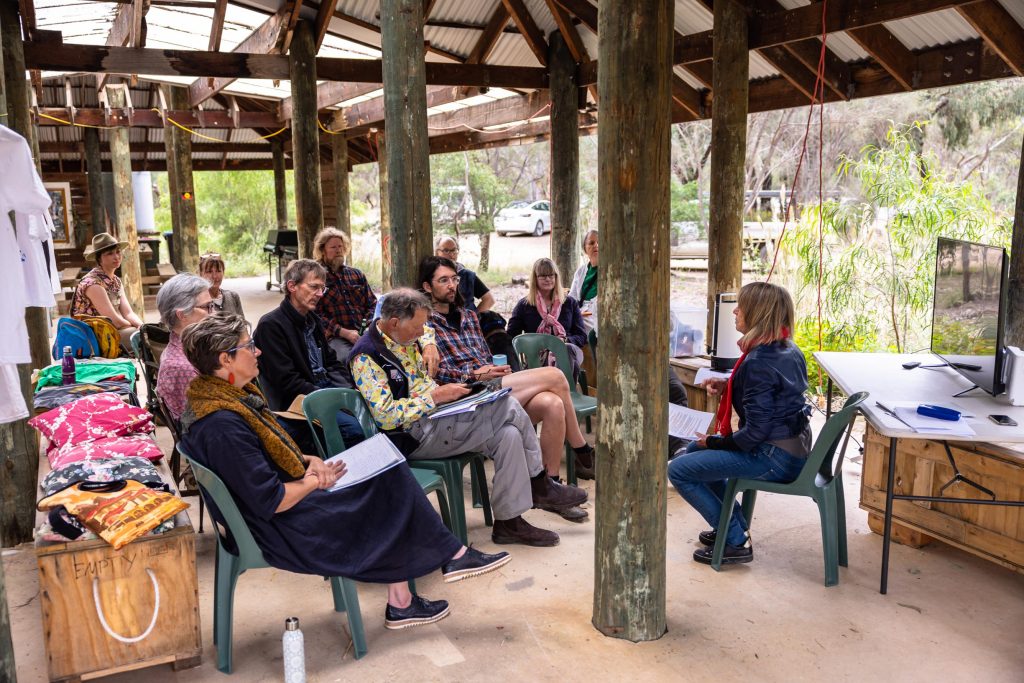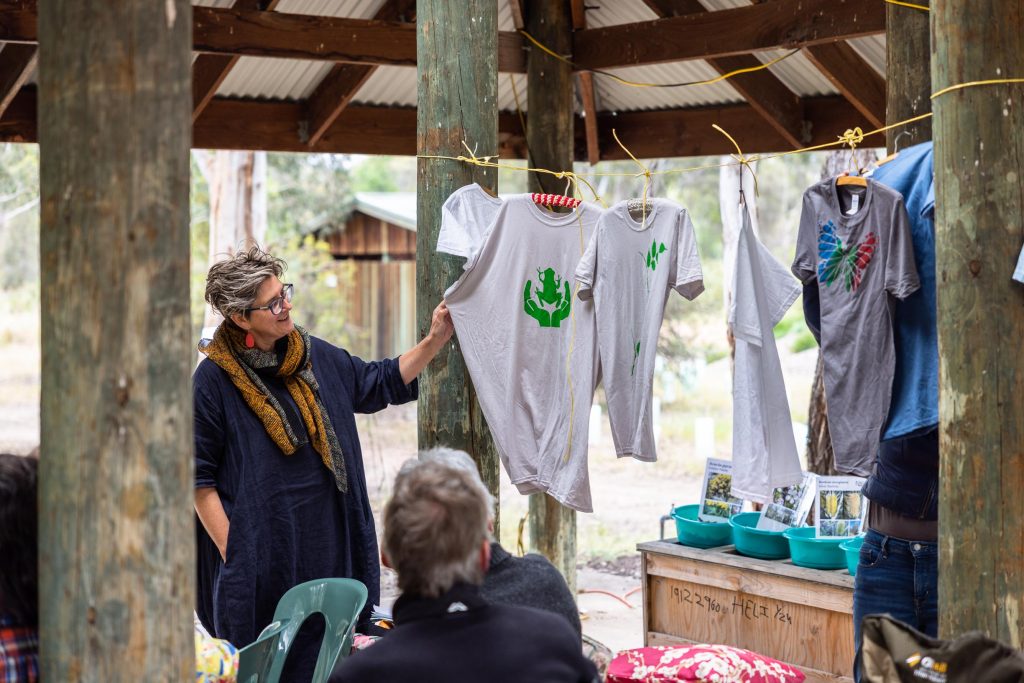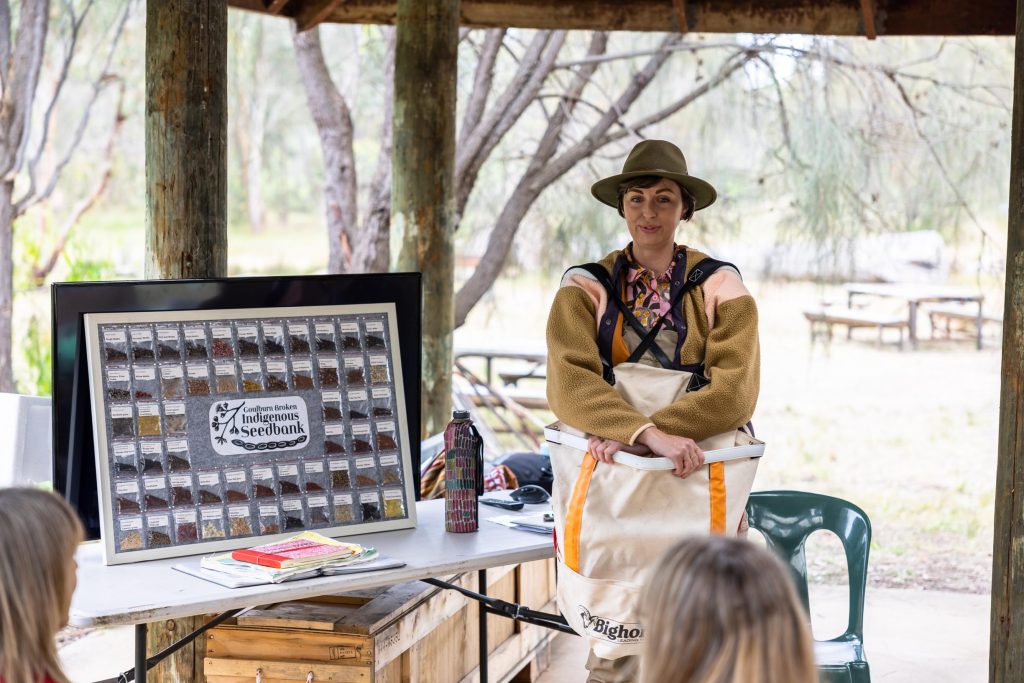Hot on the heels of the Euroa Arboretum Open Day (V2.0), our annual general meeting was held the morning of Saturday the 19th of November, back at the Arb. Booking the shelter proved to be a prudent defence against the endless rains, which have thoroughly soaked every inch of the Strathbogie Ranges this year. The current President, Helen McKernan kicked things off by providing insights on how the SRCMN is positioned within the broader context of conservation and climate change.

Strathbogie Ranges Conservation is thrilled to welcome three new members to the committee. Trent Howard, Leyel Aksu and Grant Caelli. Shirl Saywell stepped down as Vice-President, replaced by Carole Hammond. Heather Bradbury stepped up to replace Penny Algar as Secretary. Helen McKernan was re-elected President, and Justus Hagen enthusiastically volunteered to remain in his esteemed position as Treasurer.
A short film by Stephen Curtain of Regenerate Earth was premiered at the meeting. The video was filmed over two days in Strathbogie, covering the Fungal Adventure in the Strathbogie Forest and the Soil Health and Hydrology workshops. Hosted by fungi expert and SRCMN favourite Alison Pouliot, and renowned soil microbiologist Walter Jehne, the video is a succinct summary of the key points from each workshop. Keep an eye on our website for it.
We were lucky enough to hear from two guest speakers. The first was Robyn Thompson, who led the Awe & Wonder in Nature – Wearable Art Workshops. A series of 4 workshops were held with students of Euroa Secondary College, with Robyn guiding them through the whole process of screen printing. From initial design and stencil creation to the final printing, students learnt a series of new skills that they could use for their own professional or social enterprises.

Next was Mel Stagg from the Euroa Arboretum’s very own seed bank (the Goulburn Broken Indigenous Seedbank), donning authentic seed collector attire. Mel talked about the mission of the seedbank, it’s successes and challenges, and the direction it’s heading. The positive impact the seedbank has on the local area is currently restricted by a lack of supply, with more funding needed to increase output.

